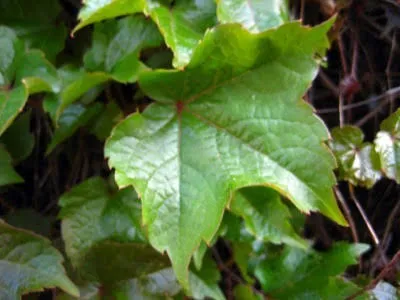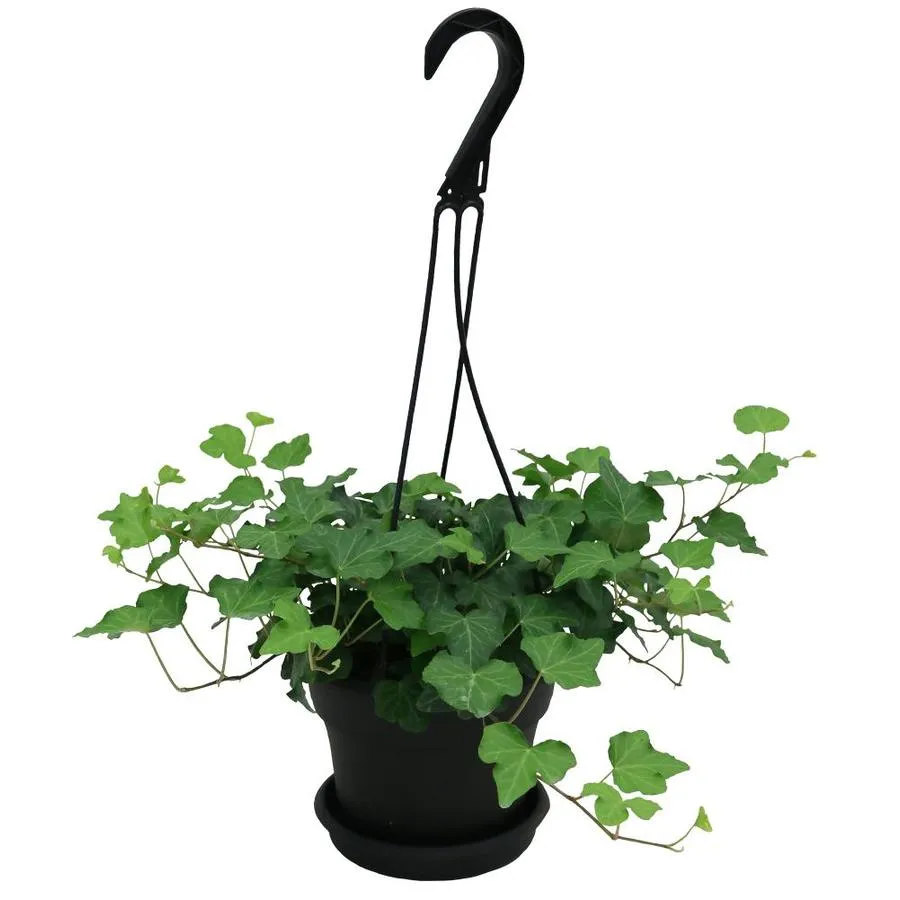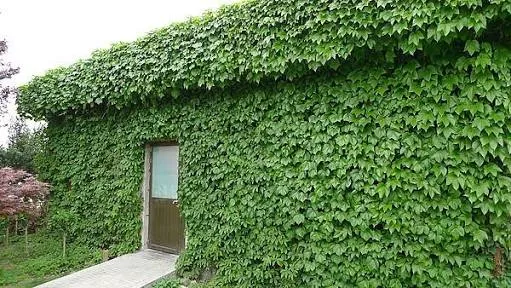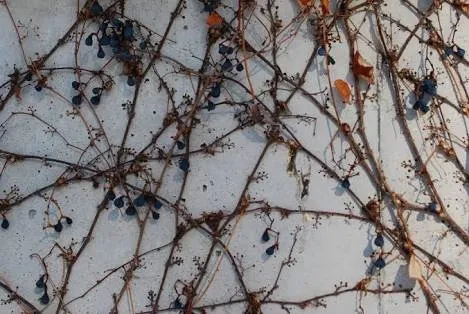Information About Boston Ivy;

Interested in growing Boston ivy plants? Then you’ve come to the right place. The following articles will help with all things Boston ivy, from the general care of Boston ivies to keeping the vines under control. Learn how to care for Boston vine in winter, how to prune Boston vines and more.
Boston Ivy Care: Tips For Growing And Planting Boston Ivy

oston ivy plants (Parthenocissus tricuspidata) are attractive, climbing vines that cover outer walls of many older buildings, particularly in Boston. It is the plant from which the term “Ivy League” derives, growing on numerous upscale campuses. Boston ivy plants are also called Japanese ivy and can quickly overtake the area in which it is planted, climbing by tendrils on any support nearby. If you like the look of the shiny leaves, but don’t wish to deal with the plants aggressive behavior, consider growing Boston ivy as houseplants or in containers outdoors.
Boston Ivy as Houseplants;
When planting Boston ivy for indoor use, choose a container that will allow the amount of growth you desire. Larger containers allow for more growth and development. Locate the newly planted container in partial, direct sunlight. Boston ivy care indoors will include pruning of the rapid growth, no matter the location. However, full or too much direct sunlight may burn the leaves or create browning tips on Boston ivy plants. You may wish to have Boston ivy as houseplants that will climb on an indoor trellis or other structure. This is easily accomplished, as Boston ivy plants readily climb by tendrils with adhesive disks. Avoid letting it climb on painted walls when planting Boston ivy indoors, as it damages the paint. Unsupported Boston ivy plants will soon cascade over the sides of the pot. Cut back the leaves on the tips as part of Boston ivy care. This encourages fuller growth on the draping stems and helps the plant fill the container.
How to Care for a Boston Ivy Plant

Learning how to care for a Boston ivy is simple. Keep the soil moist when possible, although dry soil usually does not kill Boston ivy as houseplants, it only makes them appear dull and wilted. Fertilization is not necessary when planting Boston ivy. Grow Boston ivy as part of a dish garden, with other houseplants with an upright form. When planting Boston ivy outside, be sure it is what you want to permanently fill the location. The plant will spread to 15 feet or more and climb up to 50 feet within a few years. Keeping it trimmed may encourage it to take on a shrub form in maturity. Insignificant flowers and black berries appear on outdoor grown plants. Learning how to care for a Boston ivy mainly involves learning how to keep it within its boundaries, which is a good reason to grow in containers and use Boston ivy as houseplants
Boston Ivy Winter Care: Information On Boston Ivy Vines In Winter;

If you’re looking for a dense, deciduous vine to cover a wall or trellis, climb a tree, or hide landscape problems such as stumps and boulders, you should consider Boston ivy (Parthenocissus tricuspidata). These sturdy vines grow to lengths of 30 feet and give complete coverage to almost anything. They tolerate any light exposure, from full sun to full shade, and aren’t picky about the soil. You’ll find dozens of uses for this versatile vine. But what about keeping Boston ivy over winter?
Boston Ivy Vines in Winter;

In fall, Boston ivy leaves begin a color transformation that goes from red to purple. The leaves cling to the vines longer than most deciduous plants, but eventually drop in early winter. After they fall, you can see the dark blue fruit. Called drupes, these berry-like fruit keep the garden lively in winter because they provide food for a number of songbirds and small mammals. Boston ivy winter care is minimal and consists primarily of pruning. First year vines may benefit from a layer of mulch, but older plants are very hardy and don’t need added protection. The vine is rated for USDA plant hardiness zones 4 through 8.
Does Boston Ivy Die in Winter?
Boston ivy goes dormant in winter and may look as though it is dead. It’s just waiting for changes in temperature and light cycles to signal that spring is on the way. The vine quickly returns to its former glory when the time is right. There are a couple of advantages to growing perennial vines like Boston ivy that lose their leaves in winter. While the vines grown against a trellis or pergola provide good shade from summer heat, they allow sunlight in once the leaves fall in winter. Bright sunlight can raise the temperature in the area as much as 10 degrees. If you grow the vine against a wall, it will help keep your home cool in summer and warm in winter.
Winter Care of Boston Ivy

Keeping Boston ivy over winter is easy as long as the temperature doesn’t typically drop below -10 F. (-23 C.) in your area. It doesn’t need winter feeding or protection, but it does need pruning in late winter. The vines tolerate hard pruning, and that is just what it needs to keep the stems in bounds. Besides controlling the growth of the vine, hard pruning encourages better flowering. Although you probably won’t notice the inconspicuous little flowers, without them you won’t have fall and winter berries. Don’t be afraid to make severe cuts. The vines regrow quickly in spring. Make sure you remove damaged and diseased parts of the vine as you prune. The vine sometimes pulls away from the supporting structure, and these stems should be removed because they won’t reattach. Vines may break under their own weight, and broken vines should be clipped and neatened.
Thanks @ for sharing your great post and awesome photography.
upvoted and resteemed

RE: Boston Ivy - a green blanket for your walls.